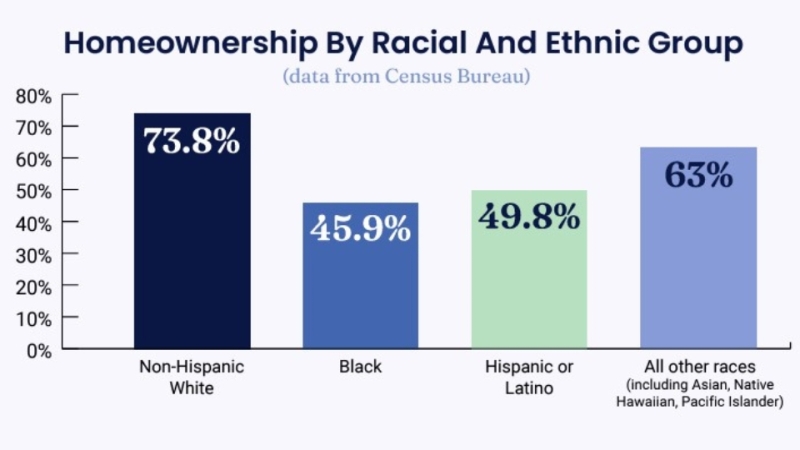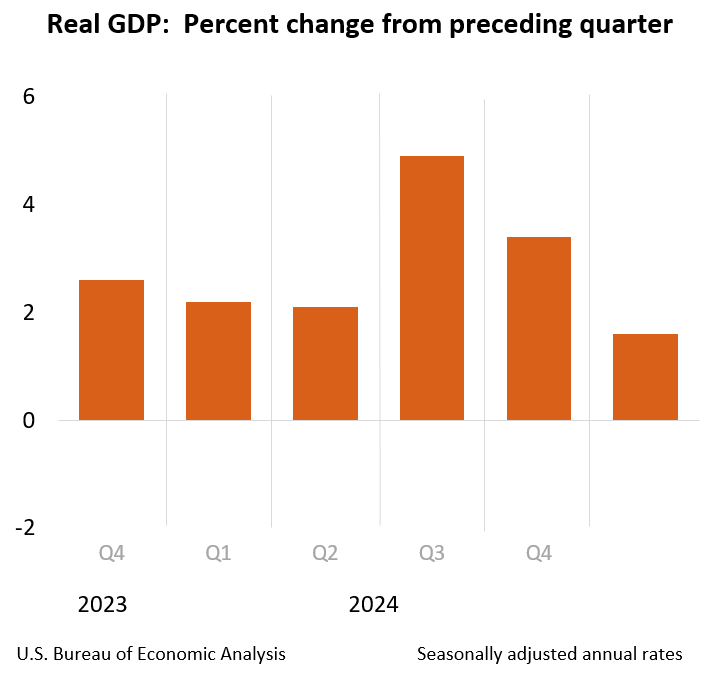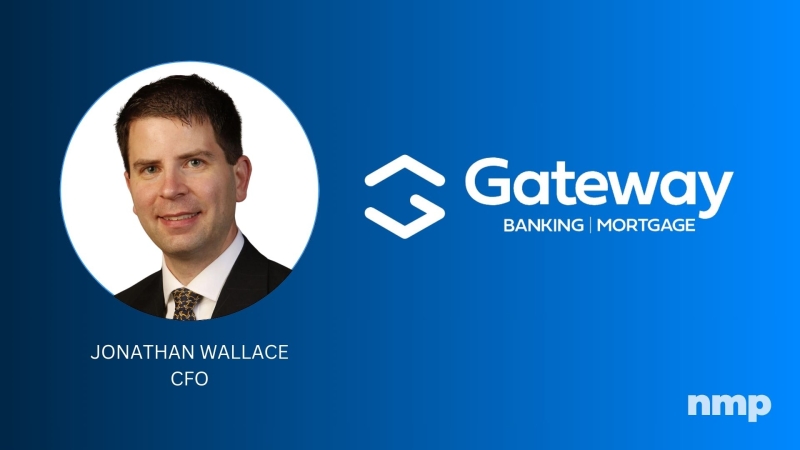Advertisement
Is Mortgage Technology Really the Wave of the Future?

While I cannot speak on using technology to lower your applications to close in a short amount of time because I am not a user of such technology, I can speak on what I see as a result of technology used in this manner. It is a given that the cost of technology, the purchase of a software license and the cost to set up that technology can hurt, especially as volumes are at record lows in many pockets of the nation. There are many factors even after setup and license purchase that one must consider as well in adapting any new mortgage technology: bandwidth, cabling installations, routers, firewalls, servers, multitask machines, and in some cases, hosted data centers. And do not forget the cost of operating systems and other software licenses services like backups. If something breaks or service is disrupted, then there are even more costs if you don’t have someone in the office to take care of it. The bottom line, the cost of technology is getting increasingly expensive to support a broker or lending operation. Once the loan production starts flowing, then the cost of the technology investment may pay for itself, but as a company grows, its technology must grow as well.
I am convinced that technology significantly contributes to closing loans faster, but the humans processing the loan are the center of gravity of the loan approval and the efficiency of the technology being used. There are too many people involved and touching the loan in a given period of time from the borrower, loan officer, processor, underwriter and the multiple revisits that may result in the delay of the closing. The technology can only move as fast as the people who are using the technology.
Fraud detection is another cost associated with technology that is only as good as the people using it. From some mortgage loan audits, there are some underwriting defects where the underwriter did not analyze the data produced from the technology used for fraud detection and loans slipped through and were funded. A good example is the analysis of tax transcripts and income and expenses reported to the IRS. Even though tax transcripts are a very valuable tool when validating income, the underwriter must have the ability to understand these complex transcripts in order to make a sound credit decision. If they do not understand complex tax transcripts, some loans will get through that should need more analysis or should be denied.
The automated valuation model (AVM) is another technology-based tool that is sometimes misused for some loan scenarios. Some underwriters pull an AVM to help them make a judgment on value of a property, but the data is usually not current or accurate from the data source. The government-sponsored enterprises (GSEs) will not take an AVM except from their respective AVM source of a Home Affordable Refinance Program (HARP) loan because of incorrect data from some AVM sources.
In some cases, the underwriter needs a stronger collateral risk tool rather than an AVM, such as Appraisal Defect Detection and Prevention (ADDP). There are times when an underwriter needs a collateral tool that provides risk measurements and scores to assist underwriters if they are not familiar with a particular region. If they do not have the collateral technology to support them, the loan can be challenged for a repurchase if the value is off or serious appraisal defect are in the appraisal.
The credit report is important and necessary, but quality control (QC) mortgage audits often find where not all credit liabilities are entered correctly into the automated underwriting system or after the loan is funded, an item show up that was not initially detected that should have been disclosed during the loan application. The problem is, the borrower did not disclose this, thus misrepresenting the credit liability did not synchronize with the depositories in a timely manner which is probably a function of a human to have it submitted. Even though the technology is excellent, there are still the asymmetrical or the human factor that caused the technology to not work as it was designed.
Occupancy is very difficult to determine, and as far as I know, there is no real known technology that can verify if properties are occupied or going to be occupied by the borrower. Even though occupancy fraud is not as high as income fraud, asset fraud and appraisal fraud, it is very difficult to verify with technology and requires more manual efforts with a flare of creativity to validate.
Figure 1: FHA & Conventional Mortgage Fraud Detection
It is amazing that we are see mortgage loan misrepresentation or fraud approaching numbers last seen pre-2009 with the abundance of fraud detection and technology the industry has available today that was not available before 2009.
Figure 2: Purchase and Refinance Mortgage Misrepresentation or Fraud
As the data shows, the purchase market continues to exceed the number of misrepresentation or fraud before 2009 with an arsenal of pre-funding QC and technology available with historically the lowest mortgage production volumes in years. The refinance market is steadily climbing, and the year 2011 still has a story to tell.
Figure 3: Non-Banks vs. Banks
As you can see from the data, the non-supervised financial institutions are the largest producers of mortgage loans that contain misrepresentations or mortgage fraud. One would think that the same technology available at the banks is also available at the non-banks. Again, I do not think it is the technology that is the issue. It is the end-users of this technology. The banks likely have more resources at hand, like a budget, staffers and heavy oversight to help promote stronger lending practices where non-banks lack these things. At this point, the real cost should be evaluated at what is the cost of loan quality or not having loan quality. Repurchase have placed a number of financial institution on the scratch and dent sale from the Federal Deposit Insurance Corporation (FDIC) and other have simply folded altogether. Personally, I am a believer of the old days of manual underwriting, and when you place the cost of manual underwriting and the cost of technology, I will take manual underwriting over technology for now because most all of the fraud found in the loan that produced this data came as the result of some type of automated underwriting system.
Tommy A. Duncan, CMT, is president of Quality Mortgage Services LLC, a provider of mortgage quality assurance and mortgage compliance solutions. He was instrumental in developing the firm’s QA/QC software currently in use by mortgage bankers/lenders. Tommy may be reached by phone at (615) 591-2528, ext. 124 or e-mail [email protected].
About the author





